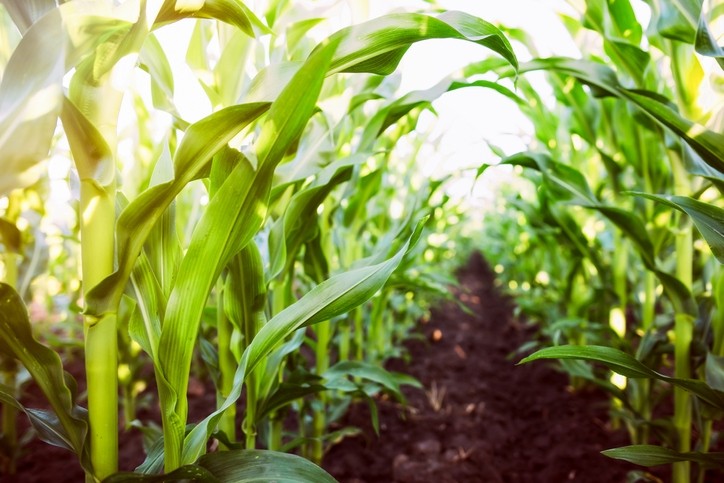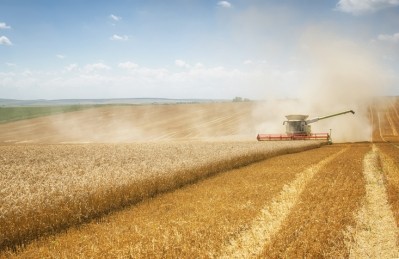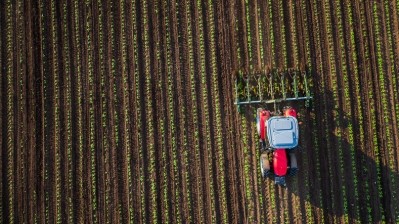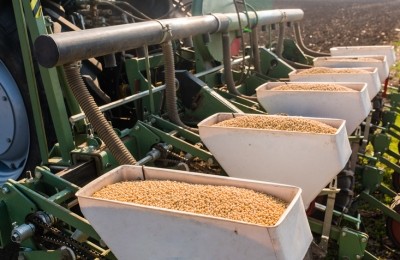Pace of US corn and soybean development lags behind previous years: USDA

The Economics, Statistics and Market Information Service of the US Department of Agriculture (USDA) has just released details regarding feed crop production and development in a report
Overall, the pace of corn and soybean development lags behind previous years, found the review.
The condition of the corn crop in the 18 principal corn growing states fell in comparison to earlier reports, the department said. Last week, about 58% of the crop was rated as “good” or “excellent” now 55% of the crop has earned those scores. Last year, at this point, 68% received top scores.
The lower condition rating for the US corn crop was somewhat unexpected and saw corn futures rebound from a four-month low.
The condition of the soybean crop also has declined when compared with that of last year, the department said. Last year, 68% of the crop was rated good or excellent and this year 55% of the crop given that rating.
However, the condition of the sorghum crop has improved from last year, the department said. Currently, about 68% of the crop is considered good or excellent while last year 53% hit the mark.
Corn development
The 2019-planted corn crop still has to catch up to the pace of development set in previous years for the corn dough stage of development, the USDA said.
The final three stages of corn development progress proceed from dough to dent to mature, according to information from the University of Wisconsin Extension. Including maturity, there are six stages of corn development after the ear has been formed.
Last year at this point about 99% of the crop had reached the dough stage and this year about 89% has hit that point. However, three states – North Carolina, Tennessee and Texas have seen the process completed.
This year about 55% of the crop also has reached the corn dented stage, the department said. On average about 77% of the crop has reached that point at this time and last year about 84% of the crop had.
In past years about 24% of the crop had reached maturity by this point in September, the USDA reported. Last year about 33% was at that stage, however, this year crop maturity is lagged with 11% at that point.
Michigan and Wisconsin have not reported any of the crop reaching maturity, the department said. However, North Carolina, Kentucky, Tennessee and Texas have all had more than 50% of the crop develop.
Soy production
Similarly, the pace of soybean development also continues to trail progress in earlier years, the USDA said. Last year at this point 100% of the crop had completed the setting pod stage, and on average about 99% of the crop had.
This year, about 92% of the crop has started setting pods for the 18 states responsible for the majority of production, the department said. Only one state – Louisiana – has 100% of its crop reaching that stage.
States furthest from completion include Indiana, Kansas, Kentucky, Michigan, Missouri, Ohio and Wisconsin, the department added.
Sorghum considerations
The sorghum crop has almost finished heading, with 97% of the reported as reaching that stage, the USDA said. About 65% of the crop has started to color, down from the 78% of the crop that was at that point of development at this time last year.
On average about 37% of the sorghum crop is mature by this point, but this year about 27% of the crop has reached that stage, the department said. With 1% of its crop reported as mature, Nebraska is seeing the slowest development, while Texas has seen the most progress.
However, the harvest has started for the crop and about 22% of the crop has been collected across two of the six states responsible for the majority of production, the department said. Harvest has reached 3% in Oklahoma and is outpacing previous years in Texas, where 75% of the crop has been gathered.












